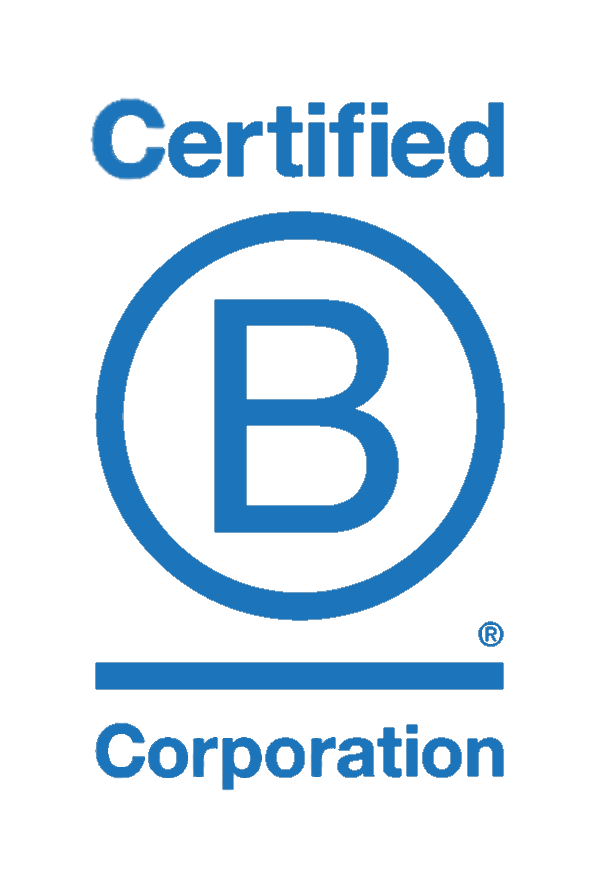How to Plan for Exiting an LLC

The Operating Agreement Should Address an Exit Strategy
In limited liability companies involving a small number of members, the Operating Agreement will need to restrict transfers. That restriction assures that the parties will continue to do business with the same people, and not strangers.
Restrictions on transfers of interests by small passive investors are less common.
When a group of owners hold their interests through one member entity, the Operating Agreement will have to address the transferability of indirect interests in the single member.
It is common to permit transfers of direct or indirect interests owned by individuals to family members, for estate planning purposes, or upon death, even where transfers are otherwise restricted. These restrictions often, but not always, require that the transferee be another family member.
Sometimes, transfers are not restricted so long as the management of a member or a group does not change. This provision may take the form of a requirement that a key individual or individuals remain in a management position.
Operating Agreements cannot prohibit transfers resulting from death, even of a key person. Therefore, an Operating Agreement should permit the designation of a substitute managing individual. It should indicate who the substitute person may be and whether other members have approval rights with respect to that person.
An Operating Agreement may provide for redemption of the interest of a deceased member for a price to be determined by appraisal or by a formula. In that case, the Operating Agreement should specify where the funds for the redemption will come from.
Regardless of what the Operating Agreement says, transfers may be restricted by third-party requirements, usually loan documents. In government sponsored projects, there may be limitations on transfers or requirements for particular persons to remain. Legislation such as the Patriot Act effectively prohibit transfers to persons on the “Specially Designate Nationals” list and money launderers.
Operating Agreements should prohibit transfers that are not permitted by third-party requirements, unless any necessary consents are obtained.
How to Draft an Operating Agreement for Transfers
It is good practice to draft Operating Agreements to anticipate third-party requirements, and to try to negotiate loan documents to conform, to the extent possible, to the transfer rights provided in the Operating Agreement.
If the LLC owns property in a state that applies transfer taxes or other taxes to transfers of interests in entities, the Operating Agreement should set forth who is responsible to pay the tax.
A transferee of an interest in an LLC does not automatically become admitted as a new member unless the Operating Agreement permits it. Otherwise, the transferee will acquire only the economic interest of the transferor without other rights of a member, such as voting rights.
Accordingly, the Operating Agreement should specify when a transferee can become a member in place of the transferor and the requirements for becoming a member. At the least, this should include an agreement in writing to be bound by the terms of the Operating Agreement.
Operating Agreements can restrict transfers for periods of time, but parties cannot be forced to continue in a business enterprise forever. This is particularly true where the members are deadlocked on decisions necessary to conduct business. Members bound by transfer restrictions must have an exit strategy.
Some methods used in Operating Agreements are as follows:
- Allowing transfers subject to a buy-out right of the other members. A buy-out right could either take the form of a right of first refusal, where the selling member must get a third party offer that could be matched by the other members, or a right of first offer, where the interest (or the underlying property) would be valued and the buy-out price would be based on that valuation.
- Allowing a member to put the company’s assets up for sale, with the other members having a buy-out right based on the sale price of the assets, adjusted to reflect the members’ percentage interests. In this case, the buy-out price would be the price the selling member would receive if the property were sold and the sales proceeds distributed to the members. The price may or may not be adjusted to reflect closing costs of the hypothetical sale. The Operating Agreement could either require the member desiring to sell to get a third-party offer to start the process, or cause the property to be valued with the buy-out price based on the valuation.
- The so-called “Buy-Sell”. In this mechanism, any member can invoke the process by giving a notice to the other members, and providing a number which is supposed to represent the value of the company’s assets. The other members can either elect to sell their interests or buy the interest of the proposing member based on the number, with an appropriate adjustment for the members’ percentage interests. If there are more than two members, the Operating Agreement must state what happens if the non-proposing members do not agree as to whether they will buy or sell; presumably they all will be required to either buy or sell, as set forth in the Operating Agreement.
- The “Buy-Sell” is based on the premise that all members have financial strength, so if the procedure is invoked, they can make a rational decision to either buy or sell based on their view of the valuation. In cases of disparity in financial condition, the Buy-Sell may be less effective, particularly if the stronger member invokes the procedure thinking the other members will have to sell because they lack the resources to purchase. This problem could be mitigated by requiring that the selling member provide purchase money financing, with a long repayment period, to the purchasing members. However, a party going into a business enterprise thinking it may lack the resources to buy out another member will resist agreeing to putting a Buy-Sell in the Operating Agreement and argue for another exit strategy.
These exit strategies often have time limitations in the Operating Agreement. For example, in a development project, the Operating Agreement may provide that the exit strategy does not apply during construction, or for some period after construction is complete to permit the property to be leased and operate without losses. This is particularly true in cases where one member has special construction or leasing expertise and needs to remain in the project during the initial stages.
The availability of these strategies is of course limited by the provisions of loan documents to which the company is subject. If the loan documents do not permit transfers among members, or require a lender consent to the transfer, the mechanisms cannot be reliable exit strategies. Similarly, if the loan documents do not permit a transfer by a prospective selling member because the seller’s principals are required to stay in the deal for management purposes, the mechanisms will not work. Therefore, in negotiating loan documents, it is important to make the loan documents consistent with the company’s designated exit strategies.




